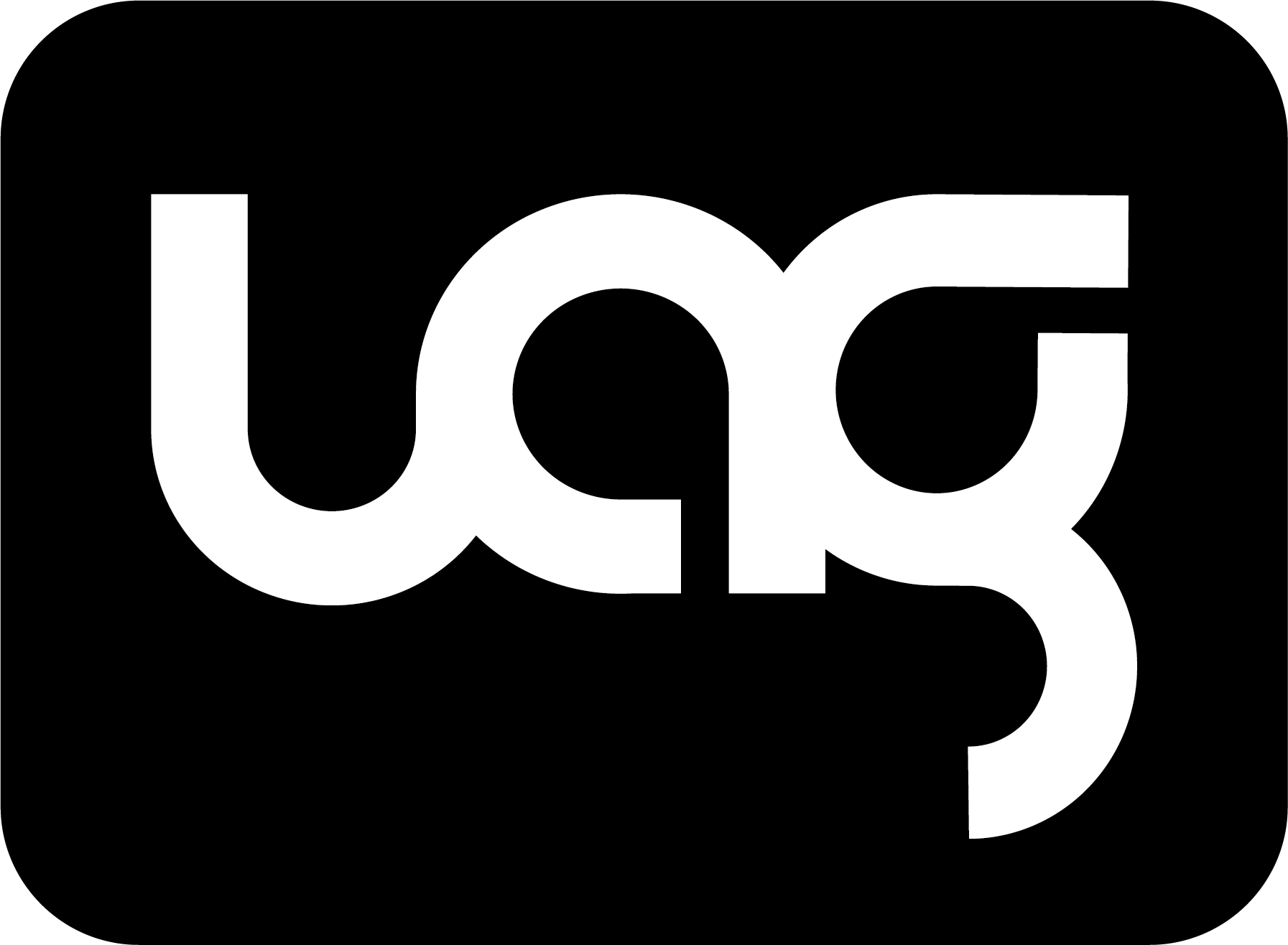LONDON Reuters OPEC brinkmanship has taken oil prices towards 80 a barrel, the highest since 2018, threatening to upend central banks transitory inflation narrative as well as the postpandemic economic recovery.
Last years SaudiRussian oil war showed that disputes between OPEC members do not always result in higher prices, but this weeks standoff within the group sent prices higher, building on yeartodate gains of around 50.
Many traders do not discount a return to 100 a barrel, levels last seen in 2014.
Brent futures slipped around 3 on Tuesday but if prices persist at these levels or move higher, inflation could well prove more sustained than anticipated. That will up the ante on central banks to unwind supereasy monetary policy.
Here are some potential pressure points
1 PACE OF CHANGE
The yearonyear oil price percentage change is at levels last seen more than 40 years ago.
Prices currently around 75 per barrel for Brent crude futures are only half of where they were in 2008. But markets have a habit of running scared of rapid moves, said Christian Keller at Barclays.
The pace of acceleration is much sharper than we have seen even after the global financial crisis, said Keller. And while many expect the effects to be temporary, they are higher than what we thought they would be, even temporarily.
2 HERE TO STAY?
Investors, central bankers and policymakers have been debating whether the recent inflation pickup is transitory or the real deal.
Citis…


